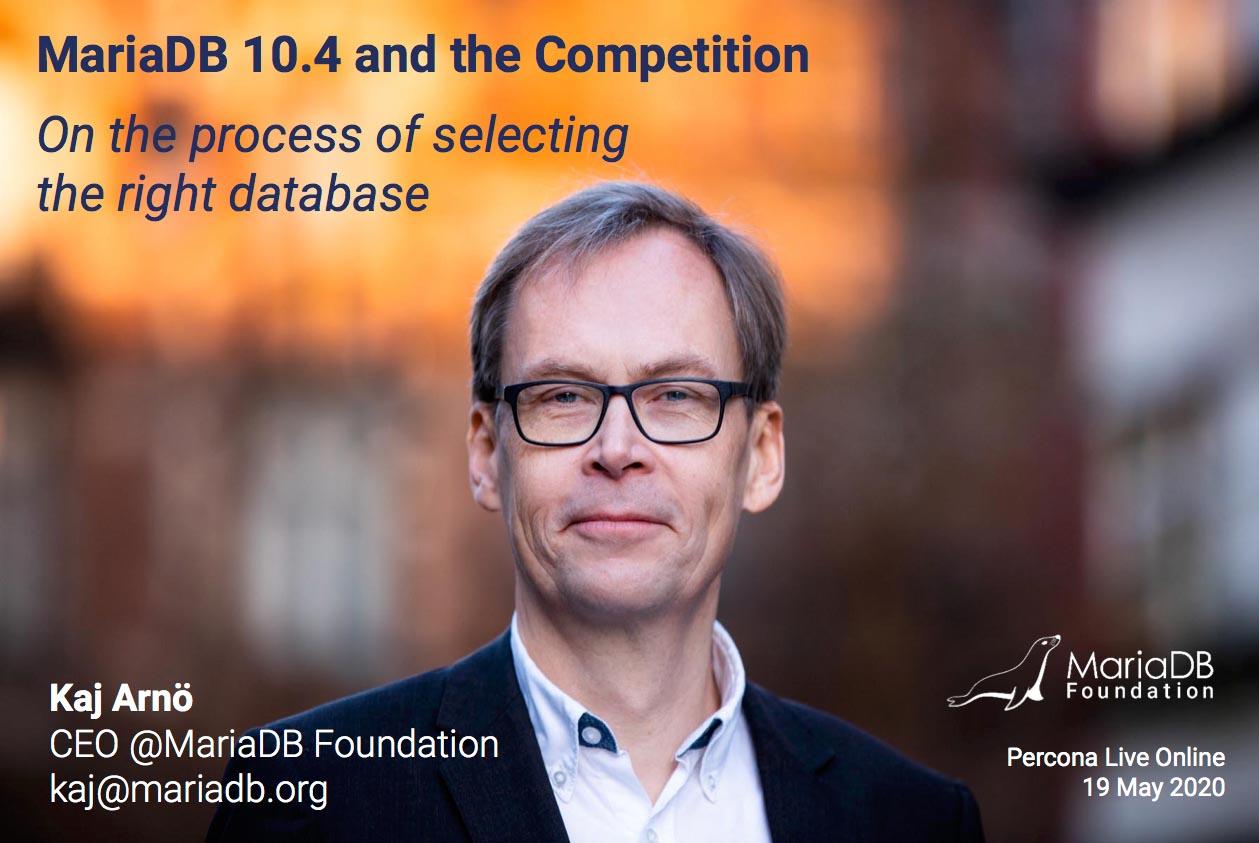Tag Archives: PostgreSQL
This blog post is based on the YouTube presentation “MariaDB vs PostgreSQL: Technical Deep Dive | Architecture, Performance & Design Trade-offs” by Manoj Vakeel, part of MariaDB Foundation’s ongoing series exploring core database design choices and how they impact modern workloads.
The goal here is not to pick a “winner,” but to provide clear architectural insight for CTOs, database engineers, and system architects making decisions in 2025 and beyond.
“Both are powerful engines — both are proven in production — but they take very different routes to get there.” — Manoj Vakeel, MariaDB plc
Why this matters
PostgreSQL and MariaDB are two of the most widely adopted open-source relational databases.
…
Continue reading “MariaDB vs PostgreSQL: Understanding the Architectural Differences That Matter”
How do you select a database in practice? How do you pretend to select it? And, if you want to be serious, how do you select it logically?
Those are the key questions I dug into, during my keynote last week at Percona Live Online.
For those who feel they don’t want to listen to the entire 30 minute video of the presentation, I have compiled a number of entry points for you below:
- 0:23 Silly hat meme, “Teknologmössa”
- 2:19 Agenda
- 2:43 Choosing a database in practice
- 3:59 Pretending to choose a database
- 5:00 Triggers for making a fresh choice
- 5:51 Monetary impulses
- 7:53 Database lifecycle impulses
- 10:07 MariaDB 5.5 on Github
- 11:24 Framework for database choice: 1.
…
I just finished reading a couple of interesting, and somewhat related, blog posts which I think are worth sharing (apologies to anyone who has already seen them). One is from Jelastic and the other is from Michal Hrušecký.
I’ve written about MariaDB and the Jelastic cloud before (see MariaDB now available as a hosted database via Jelastic cloud platform). Now Jelastic has published statistics on the relative popularity of the various databases they offer. The good news is MariaDB is currently the database of choice for 14% of their customers. The bad news is that we’re in fourth place behind their other three database choices (MySQL, PostgreSQL, and MongoDB). …

